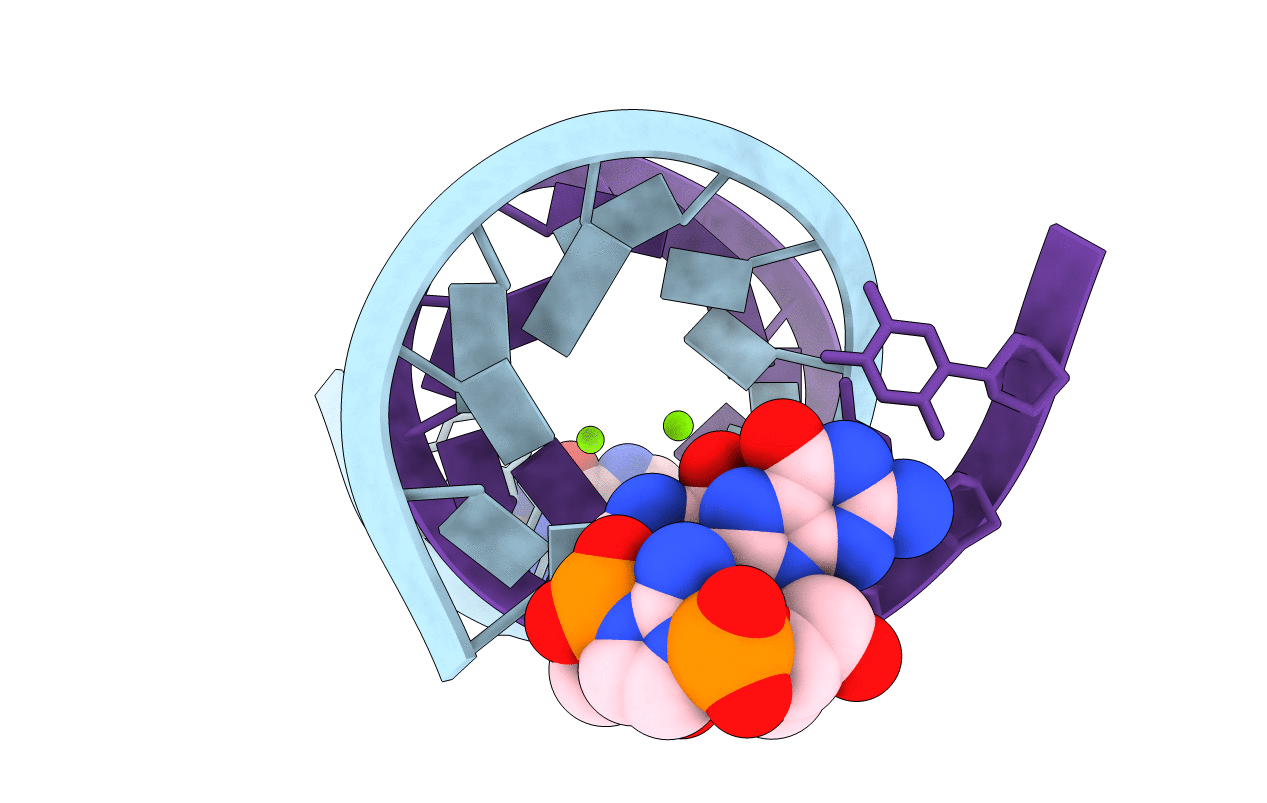
Deposition Date
2019-09-05
Release Date
2020-12-09
Last Version Date
2023-10-11
Method Details:
Experimental Method:
Resolution:
2.40 Å
R-Value Free:
0.26
R-Value Work:
0.21
R-Value Observed:
0.21
Space Group:
P 3 2 1


